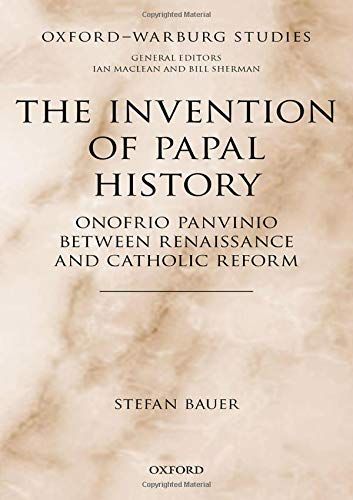
The Invention of Papal History Onofrio Panvinio Between Renaissance and Catholic Reform
How was the history of post-classical Rome and of the Church written in the Catholic Reformation? Historical texts composed in Rome at this time have been considered secondary to the city's significance for the history of art. The Invention of Papal History corrects this distorting emphasisand shows how historical writing became part of a comprehensive formation of the image and self-perception of the papacy. By presenting and fully contextualising the path-breaking works of the Augustinian historian Onofrio Panvinio (1530-1568), Stefan Bauer shows what type of historical research waspossible in the late Renaissance and the Catholic Reformation. Crucial questions were, for example: How were the pontiffs elected? How many popes had been puppets of emperors? Could any of the past machinations, schisms, and disorder in the history of the Church be admitted to the reading public?Historiography in this period by no means consisted entirely of commissioned works written for patrons; rather, a creative interplay existed between, on the one hand, the endeavours of authors to explore the past and, on the other hand, the constraints of ideology and censorship placed on them. TheInvention of Papal History sheds new light on the changing priorities, mentalities, and cultural standards that flourished in the transition from the Renaissance to the Catholic Reformation.